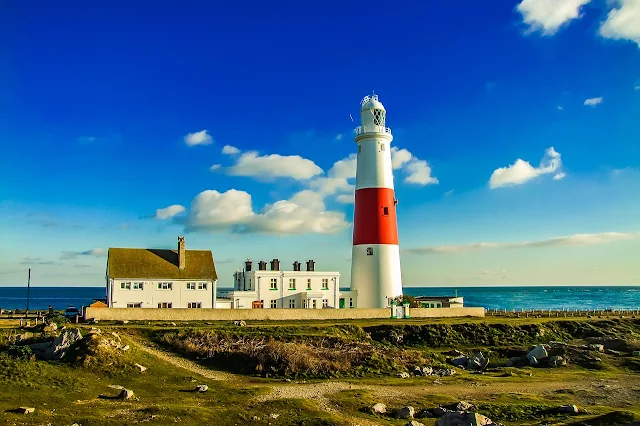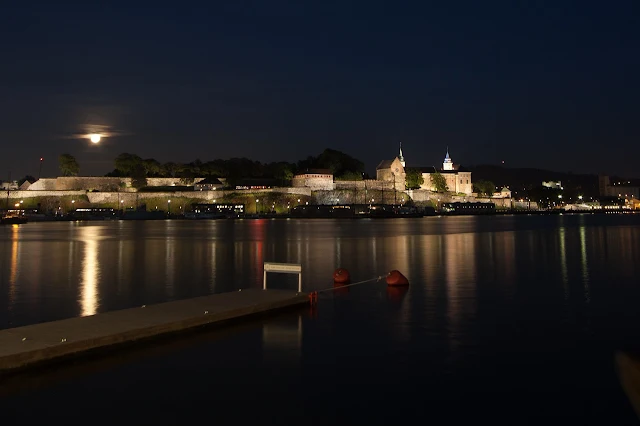MANILA, December 21, 2016: The concept of global warming was created by and for the Chinese in order to make U.S manufacturing non-competitive. That is if you are to believe the President-elect of the United States, Donald Trump. For the soon-to-be leader of the most powerful nation in the world to have such an opinion is scary, and quite frankly dangerous for the future of the planet.
The United Nations published a climate change report in the journal Atmospheric Chemistry and Physics and their conclusions are startling, they expect many feet of sea-level rise, a halting of major ocean circulatory currents, and an outbreak of super storms. They predict that we will face these major threats most likely this century. Global leaders need to take immediate action, and much can be learned from the world’s greenest cities.
Copenhagen
Denmark has built a solid reputation for its eco-friendliness. Cyclists are looked after, swimmers can enjoy city center paddling, and local ethical fashion designers are favored over factory produced branded clothing. Impressively Copenhagen has ambitions to become the first carbon-neutral capital city by 2025.
Vancouver
Canada’s west coast has it much easier than most cities being located steps away from rolling British Columbia mountains and the Pacific Ocean, but it makes the most of its natural blessings; its use of renewable energy and hydropower make the air pure and clean. Urban living is emphasized in the city, and the city’s 200 parks make it easy for locals to breath fresh, healthy air.
Amsterdam
Amsterdam is presently drafting a new sustainability masterplan which will transform the city center into a green, pedestrian-friendly environment. The city center will have new parks, food markets, smart transportation and urban farms and will take strides to reduce the impact of the many droves of tourists and dense traffic.
Stockholm
Sweden is a trailblazer for eco-cities. The restaurant scene is thriving with locally sourced raw materials and freshly caught fish. Environmental studies regularly list Sweden as the world’s most sustainable nation, but it is not today or yesterday that it built that reputation. Meticulous and long-sighted plans were made to restructure the city. Green homes are typical, and recycling is encouraged—the government financially incentive recycling.
Singapore
The remarkable Supertree structure in Asia’s cleanest city is one-of-a-kind. Each one is 50 meters tall and acts as a symbol of Singapore’s commitment to eco-change. Locally, it is typical to have access to a rooftop garden; the most famous of which is the 340- meter long SkyPark on the top of the Marina Bay Sands.
Portland
Consistently recognized as America’s greenest city, Portland uses 20 percent more renewable energy than the national average. It was one of the first cities to ban plastic bags and everything from recycling to carpooling are green activities that are encouraged.
Oslo
Despite being the most populated city in Norway, Oslo still maintains its title as the greenest city. The city ranks low for greenhouse gas emissions and it is worth noting that 85 percent of their school children either walk or ride their bikes to school; those that commute use hydroelectric-powered public transportation.
Freiburg
This city is unique because amazingly it is a car-free city. Call it old-fashioned or outdated but to be a truly green city cars are not welcome. Freiburg in Germany also boast of its many solar paneled buildings and plans to reduce its carbon emissions by 40 percent by 2030.
Reykjavik
Iceland’s capital is a thought leader and pioneer of geothermal power—providing almost 90 percent of the city’s heating. The country is close to being energy independent and the government has set goals to achieve that in the next few years. The city plan has placed a priority on reducing pollution and preserving green spaces—90 percent of residents live just five minutes walk away from a green area.
Berlin
The public parks in Berlin are like a home from home; each tree is protected and many locals have an allotment garden to grow their vegetables. For many in Berlin, the bicycle has replaced the car and in DIY shops around the city residents are learning how to make furniture and clothing. The second-hand culture is active; placing less of a reliance on purchasing factory produced imported wares. Lamudi—the eco-conscious global property platform operate their thirteen country operations from Berlin; in a building that has energy-efficient lighting timers and where employees are encouraged to use the company bike for deliveries.












Post a Comment